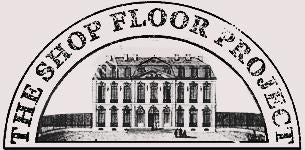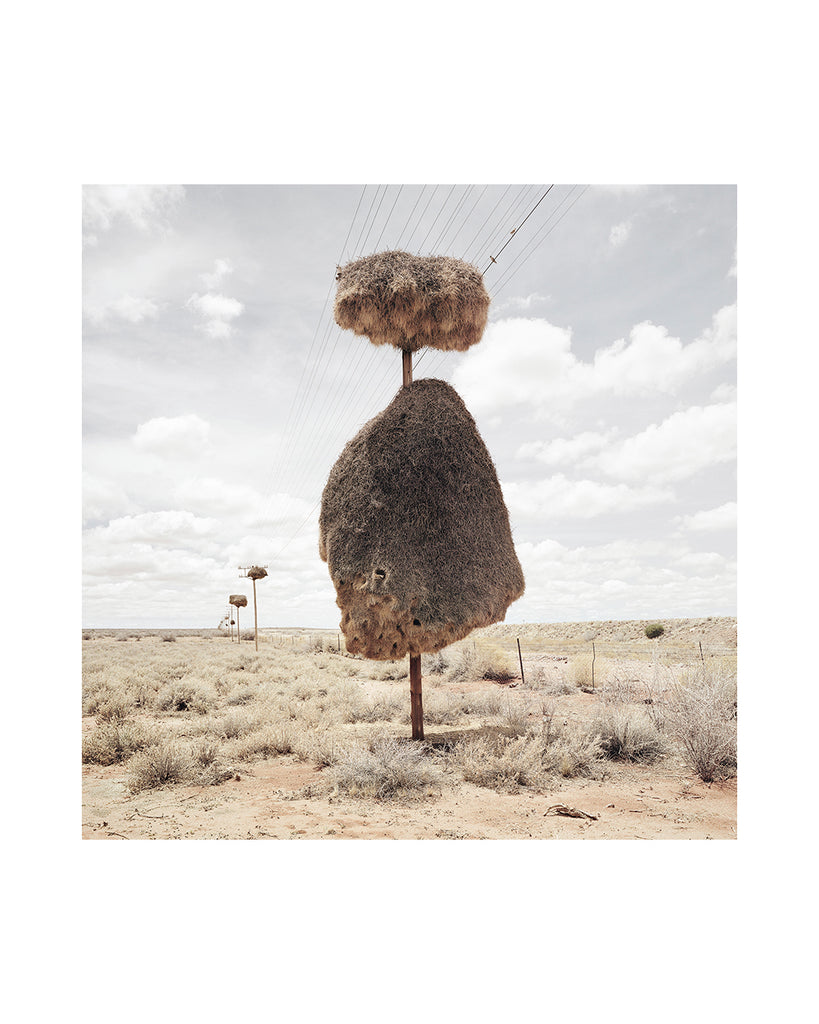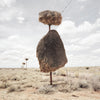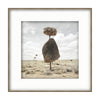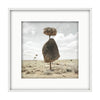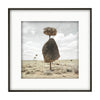UNFRAMED PRINT PAPER SIZE (INCLUDING border) : 510 x 510mm / 51 x 51cm / 20.1 x 20.1 inches
UNFRAMED PRINT SIZE (excluding border): 410 x 410mm / 41 x 41cm / 16.1 x 16.1 inches
FRAMED SIZE: 678 x 678mm / 67.8 x 67.8cm / 26.7 x 26.7 inches
Frame options: White with mount, Black with mount, Bronze metal with mount
THE STORY
It takes some time for the eyes to adjust to the work of celebrated South African artist Dillon Marsh and to realise what we are looking at. On first glance, the sculptural forms appear to be a breed of giant hairy beasts which roam over a sun-parched landscape. On closer inspection however, the statuesque forms reveal themselves to be the huge nests of the sociable weaverbird who have made their homes utilising the telegraph poles that run through the southern Kalahari desert.

It seems apt that the birds choose the telegraph pole for their structural core. The 19th century invention, that allowed people over long distances to communicate and keep in touch, offers the weaverbird the perfect structure to build upon, communicate with their fellow birds and create the world’s largest and most populated tree houses. Each nest can weigh in excess of a ton and ranges up to 20 feet wide and 10 feet tall.
Just one of these communal homes, with their waterproofed sloping thatched roofs, can contain a hundred or more nesting chambers. They are refurbished and reused, with residents adding new apartments over successive generations, often for more than a century. Each generation inherits, builds on, and profits from the environment created by its predecessors.

This series of limited edition photographs are seen in relation to each other, much like the nests are a series of cohabitations, the artist sees the photographs as a family, a unit: “I choose objects that can be found in multitude within their environment so that I can depict a family of objects in a series of photographs. By displaying each project as such, I feel I am able to show both the character of the individual members, and the characteristics that make these objects a family.”
Marsh lives and works in Cape Town, South Africa, and uses photography to explore the relationship between humans and the world around us.
With solo and group exhibitions from Mexico to Paris, Marsh was one of 16 artists included in the seminal show Pangaea: New Art from Africa and Latin America at The Saatchi Gallery London. The exhibition, featuring South American and African artists, connected the two continents by reminding us of the supercontinent they once comprised over 200 million years ago, before continental drift: Pangaea.
